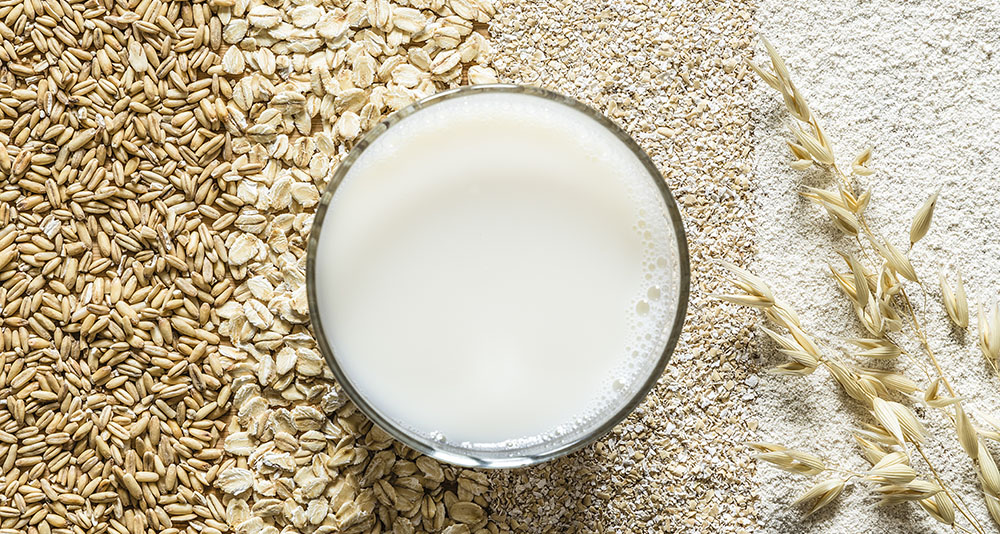Oat Milk explained: know your ingredients

There are a lot of milks out there. If the options make you roll your eyes and shake your fist about kids these days, you’re certainly not alone. Milks made from nuts, seeds and grains, however, can be a “green” way of adding a little extra flavour to your regular cup of joe, even for those who are not regularly dairy free. In this milk-alternative new age, oat milk is making its mark. “But how do you milk an oat?” I hear you ask. It turns out making oat milk is easier than it sounds.
What is Oat Milk?
In its simplest form, oat milk is oats soaked and blended with water. If you’re considering making your own, I suggest straining the pulp to create a smooth drink like the dairy milk you may be used to. You can even use the leftover pulp, which is full of nutrients, to add to crackers, cookies or overnight oats for future recipes, like these from the Zero Waste Week website.
On an industrial scale, the oat milk you find at grocery stores likely has added enzymes. This further breaks down the oat and gives it a natural sweetness. (For those committed to making oat milk at home, consider adding dates, maple syrup, or even a little vanilla to achieve a similar taste with your homemade oat milk.) The milk is then pasteurized and packaged to increase shelf life.
Why is it everywhere?
If you’re wondering why oat milk has gained so much popularity of late, there are a few reasons. First, unlike almond and soy milk, oat milk’s characteristics are closer to cow’s milk. Baristas for example have found oat milk to have superior foaming qualities, compared to other dairy free milks. This makes the milk better suited for espresso drinks and latte art compared to almond milk for example which doesn’t always hold its shape in foam form.
Oat milk is also much more environmentally friendly than its animal-derived cousin and even other vegan options. Of course, the toll cattle farming takes on the planet from land-use and methane gas release are well documented. Almond milk has also been under scrutiny for the amount of water it requires, and even rice releases methane gas into the atmosphere in the farming process.
Oat milk releases an approximate 0.18kg of CO2 per 200 ml glass (slightly more than almond milk, though still less than soy or cow’s milk). It needs only 48 litres of water per litre of milk produced (soy requires 297 litres of water per litre of milk and almond is significantly more than that). Oat crops also take up about 80 percent less land than dairy milk.
What else should I know?
While I am 100 percent team oat milk, it is not without its cons. For starters, oat milk can be expensive. It is higher in fiber than most other milks but typically lower in protein. Some brands of oat milk can also be full of sugar, so always read the label to know exactly what you’re getting.
Like anything, milk and brand choices are ultimately a matter of preference. If you’re unsure whether or not oat milk is for you, start small. Try some coffee with oat milk, add a shot to your smoothies, maybe dabble in making your own, and see what you like best.
